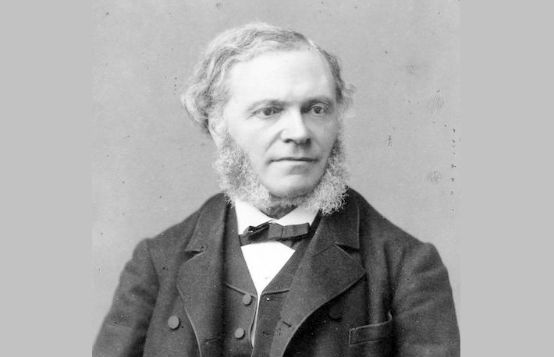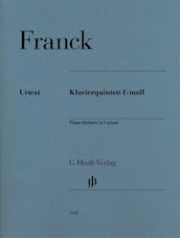Milestone unrecognized at the beginning
César Franck's cyclical piano quintet, imbued with leitmotifs, got off to a difficult start.

César Franck composed his monumental Piano Quintet in F minor between the fall of 1878 and the summer of 1879, having not written any chamber music for 25 years. The concerts of the Société nationale de musique, founded in 1871, at which chamber music works by Gabriel Fauré, Édouard Lalo and Camille Saint-Saëns, among others, were premiered, had probably prompted Franck to return to this genre. The Piano Quintet predates the Violin Sonata in A major (1886) and the Symphony in D minor (1887/88). At the premiere on January 17, 1880, Camille Saint-Saëns sat at the piano, to whom the piece is also dedicated. After the work's cool reception, it was only performed a few more times during the composer's lifetime. It was not until the 20th century that audiences and critics recognized the true significance of César Franck's Piano Quintet.
The three movements with a performance time of around 40 minutes are linked together by leitmotifs. As a contemporary witness, this piano quintet stands for French Romantic music in its confrontation between classical form, the influence of Richard Wagner and the departure into new worlds of sound. But Franck's piano quintet is also one of the milestones of the chamber music repertoire as absolute music. With its cyclical structure and rich sound spectrum, it has the character of a symphony.
This Urtext edition, supervised by Ernst-Günter Heinemann, dispenses with technical additions in the string parts. The piano part was provided with fingerings by Klaus Schilde. Turnarounds are optimally placed in all parts, and the cello can place the last three pages without rests side by side on the music stand and play them through. The Critical Report for this edition can be found at henle.de can be viewed.
César Franck: Piano Quintet in F minor for piano, two violins, viola and violoncello, edited by Ernst-Günter Heinemann, HN 1142, € 45.00, G. Henle, Munich








